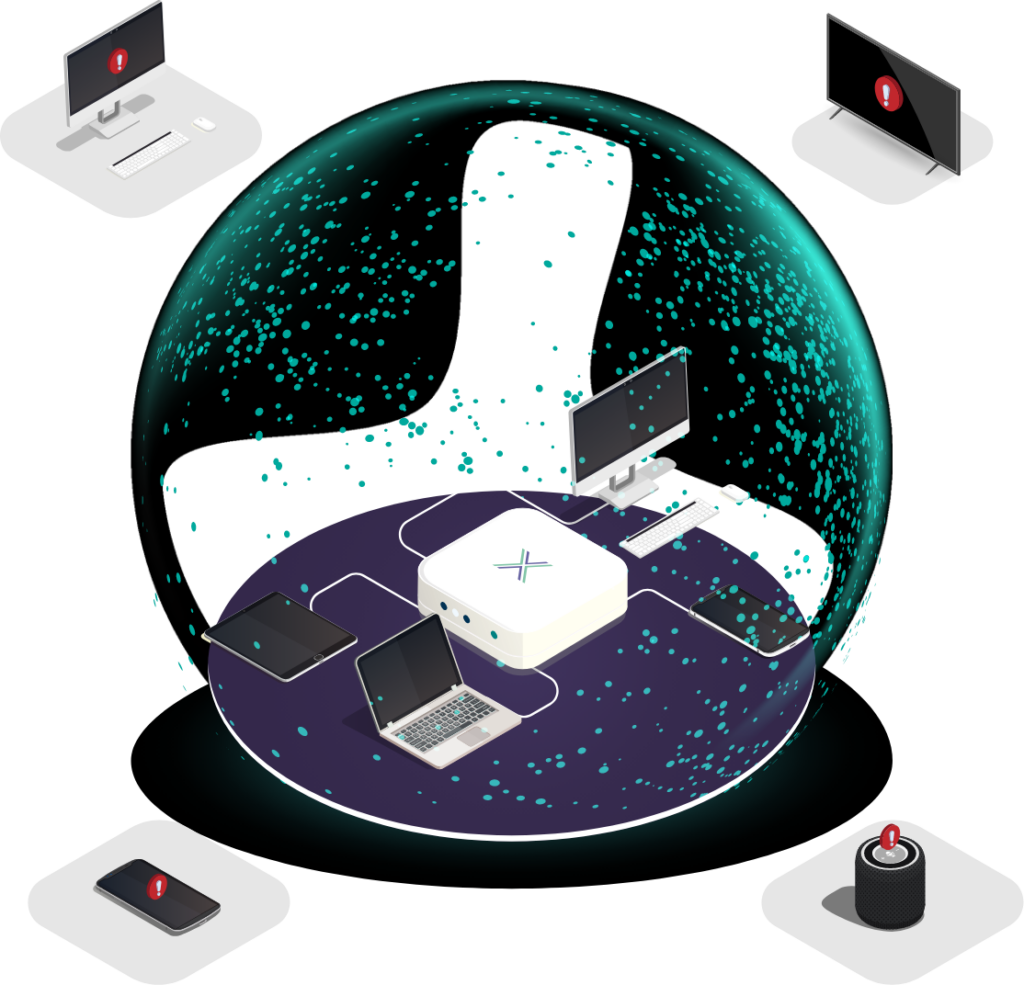As more professionals access sensitive data from locations outside their office IT environment, prioritizing cybersecurity has never been more critical. Whether working from home, a serviced office, a coworking space, or a medical office complex, protecting your work devices and data is essential for maintaining security and compliance. This checklist provides practical steps to help safeguard your connections and reduce risk when working remotely.
1. Secure Your Wi-Fi and Network Connections
- Change the default password on your router to a strong, unique passphrase.
- Enable WPA2 or WPA3 encryption to protect your wireless network.
- Regularly update your router’s firmware to patch security vulnerabilities.
- Disable remote management to prevent unauthorized access.
- Use a secure, managed router like Loxada’s to ensure work data remains protected, even on untrusted networks.
2. Establish a Dedicated Work Network
- Set up a separate network for your work devices, such as a virtual LAN (VLAN) or a dedicated secure router.
- Ensure work devices connect exclusively to this secure network, separate from personal and IoT devices.
- Avoid using public or shared networks in serviced offices, coworking spaces, or hotels unless a VPN or secure router is in place.
3. Strengthen Authentication Practices
- Enable multi-factor authentication (MFA) on all accounts whenever possible.
- Use strong, unique passwords and consider a password manager for secure storage.
- Regularly update passwords and avoid reusing them across multiple accounts.
- Implement biometric authentication or physical security keys where applicable.
4. Keep Software, Devices, and Firmware Updated
- Enable automatic updates for operating systems, applications, and security software.
- Regularly check for and install firmware updates for routers and networking devices.
- Ensure endpoint protection tools, including antivirus and anti-malware, are up to date.
5. Use Strong Endpoint Security Measures
- Install reputable antivirus and anti-malware software on all devices.
- Enable firewalls and configure them to block unauthorized inbound and outbound traffic.
- Regularly scan devices for malware and remove any detected threats.
6. Secure Your Physical Workspace
- Lock your computer when stepping away, even briefly, to prevent unauthorized access.
- Store sensitive documents securely and keep physical files out of sight.
- Use privacy screens to protect confidential information from prying eyes in shared spaces.
7. Encrypt Data and Implement Backup Strategies
- Enable full-disk encryption on work devices to protect sensitive data in case of loss or theft.
- Regularly back up critical work files to a secure location such as encrypted cloud storage or an external drive.
- Verify encryption and security measures provided by cloud storage services before use.
8. Be Vigilant Against Phishing and Social Engineering
- Be cautious when opening emails or clicking on links, especially from unfamiliar sources.
- Avoid downloading attachments unless verified as safe.
- Report phishing attempts and suspicious emails to your IT or security team immediately.
9. Stay Informed on Cybersecurity Best Practices
- Stay updated on the latest cybersecurity threats and vulnerabilities.
- Participate in cybersecurity training programs or webinars.
- Encourage colleagues and family members to adopt good security habits.
By following this checklist, you can significantly enhance security when accessing work data outside a controlled office IT environment. Implementing a dedicated, secure network for work devices helps minimize risks associated with shared or public connections. Remember, cybersecurity is a shared responsibility—educating yourself and those around you can help protect both personal and professional data from potential threats.

